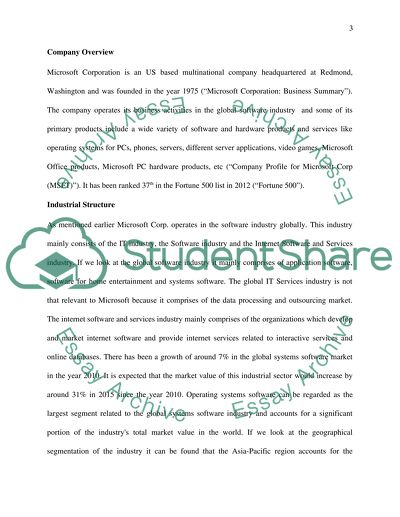Cite this document
(“The External Environment of Microsoft Inc. (Computer Operating System Research Paper”, n.d.)
Retrieved from https://studentshare.org/marketing/1458722-the-external-environment-of-microsoft-inc-computer
Retrieved from https://studentshare.org/marketing/1458722-the-external-environment-of-microsoft-inc-computer
(The External Environment of Microsoft Inc. (Computer Operating System Research Paper)
https://studentshare.org/marketing/1458722-the-external-environment-of-microsoft-inc-computer.
https://studentshare.org/marketing/1458722-the-external-environment-of-microsoft-inc-computer.
“The External Environment of Microsoft Inc. (Computer Operating System Research Paper”, n.d. https://studentshare.org/marketing/1458722-the-external-environment-of-microsoft-inc-computer.


